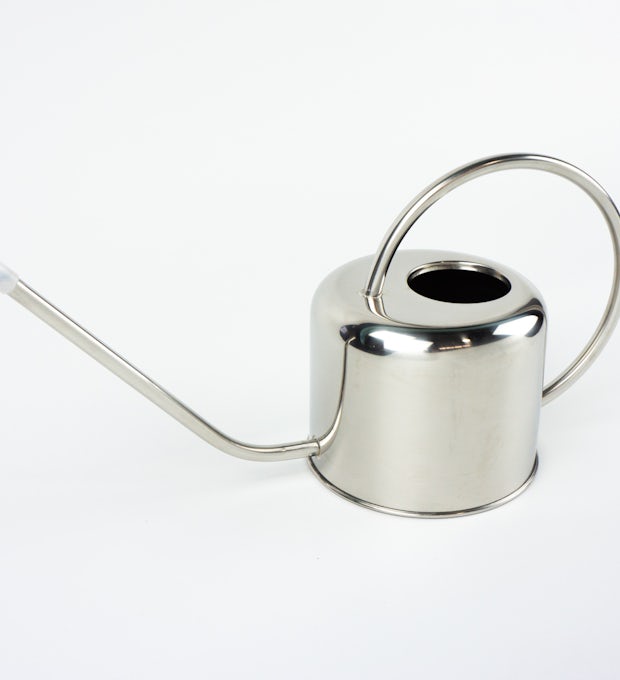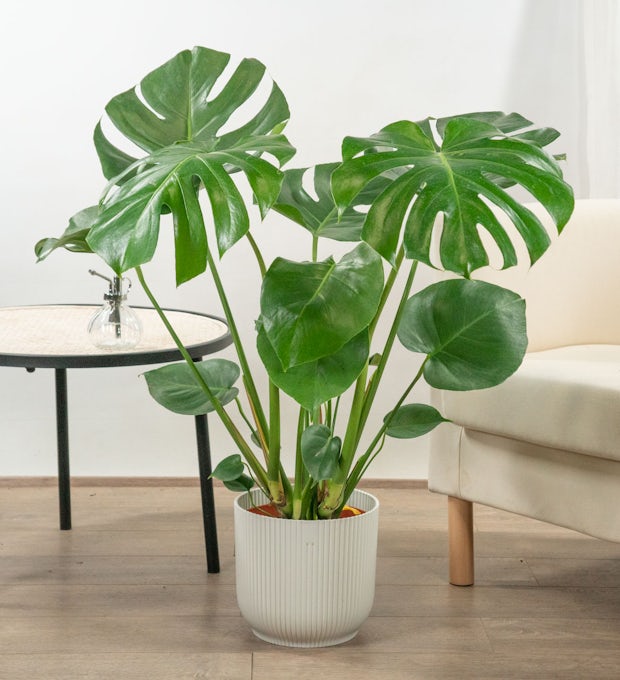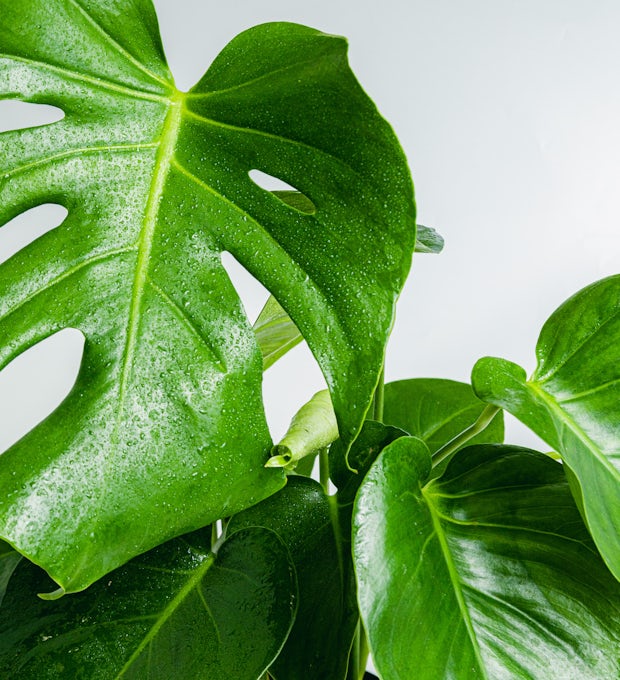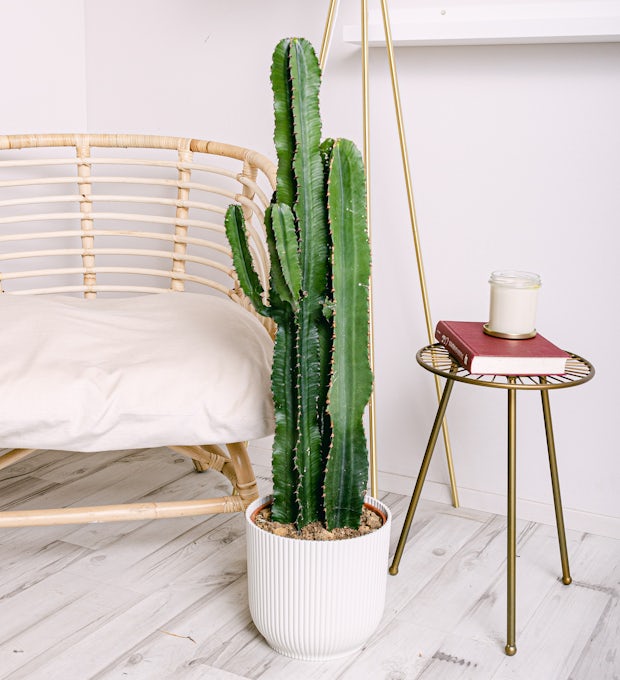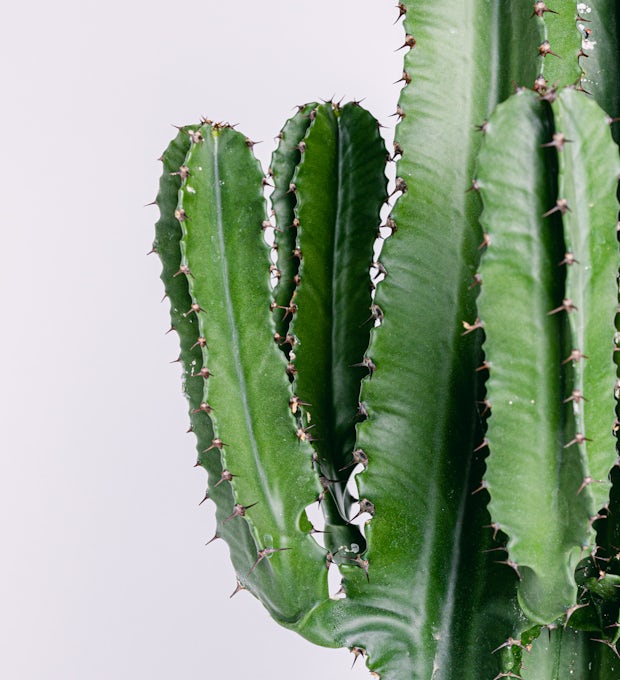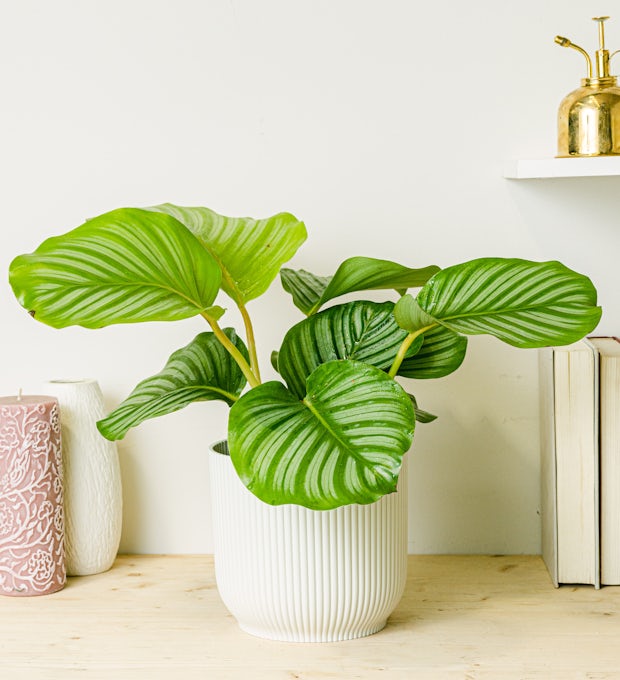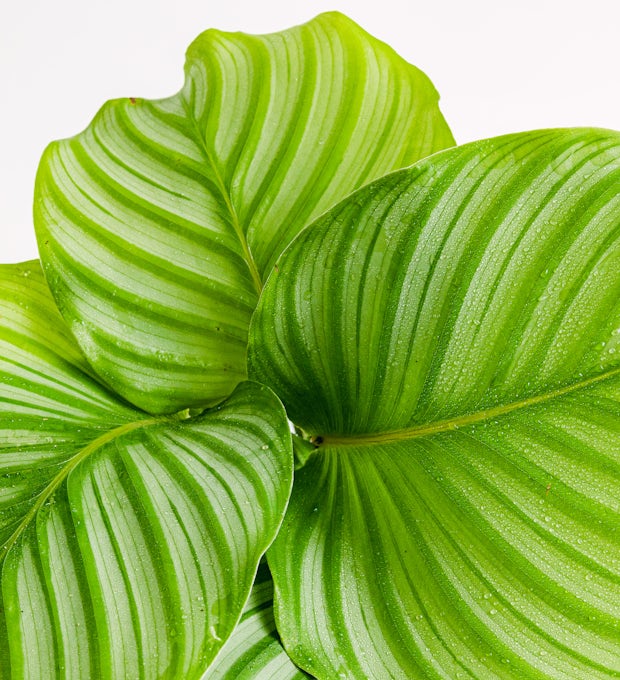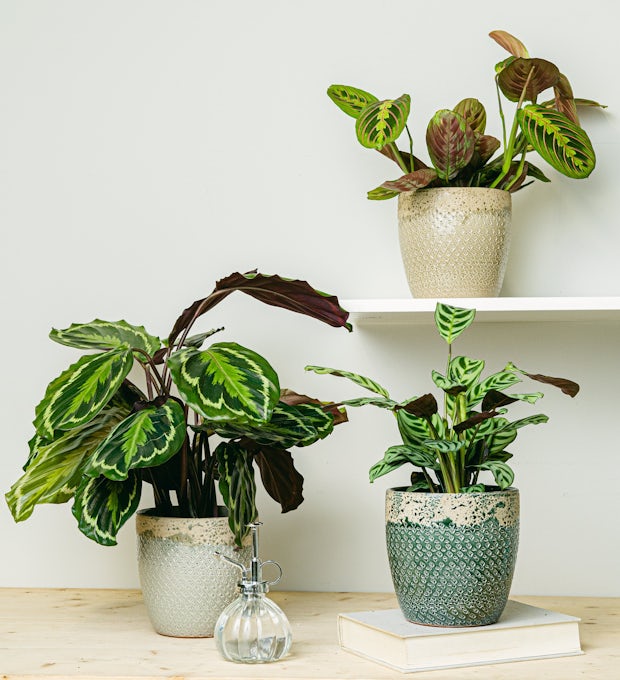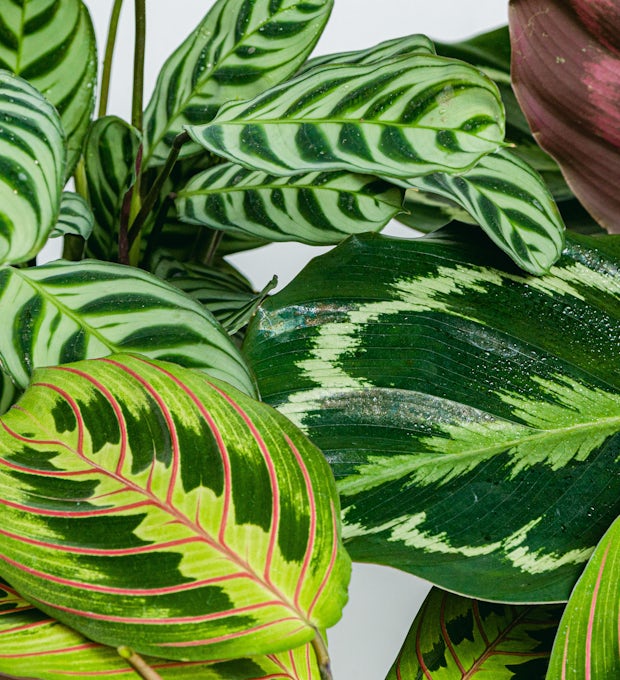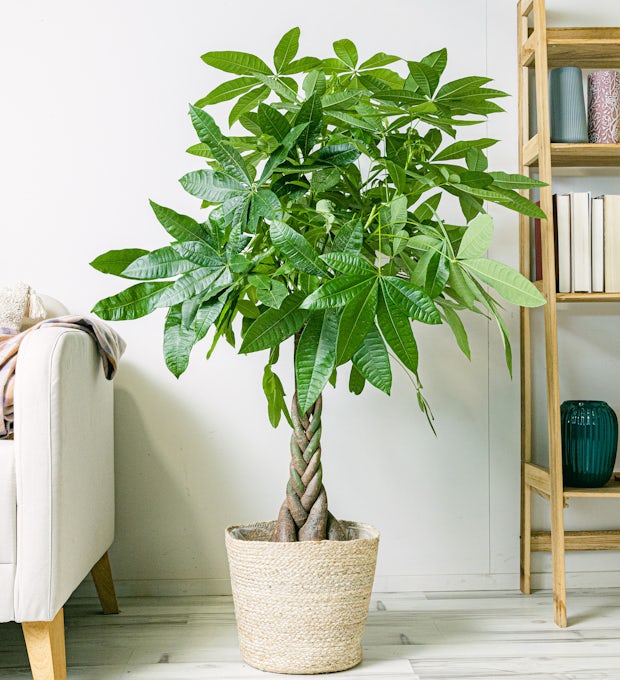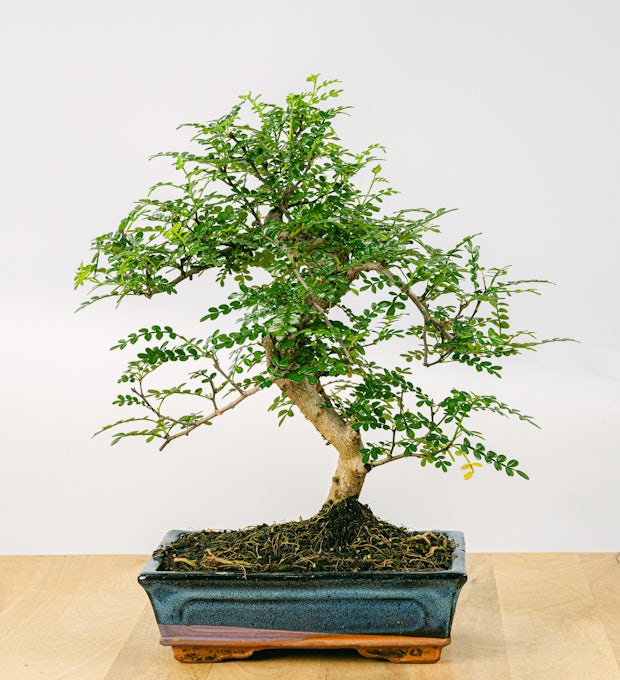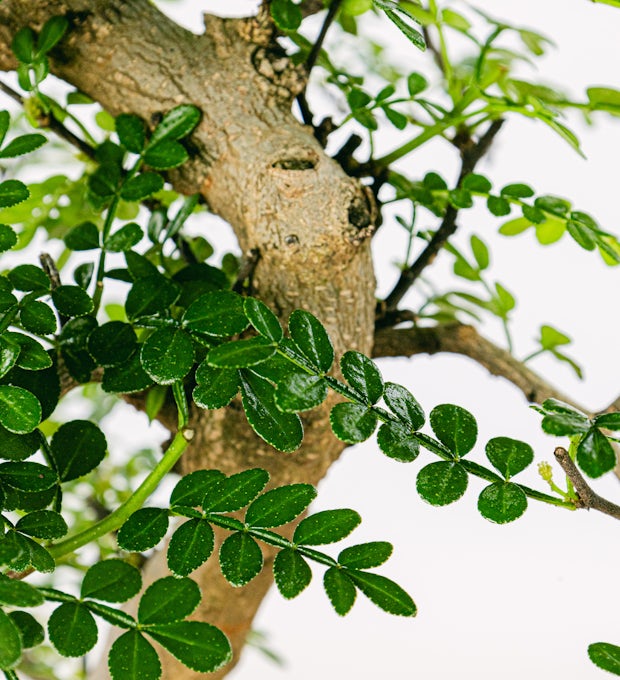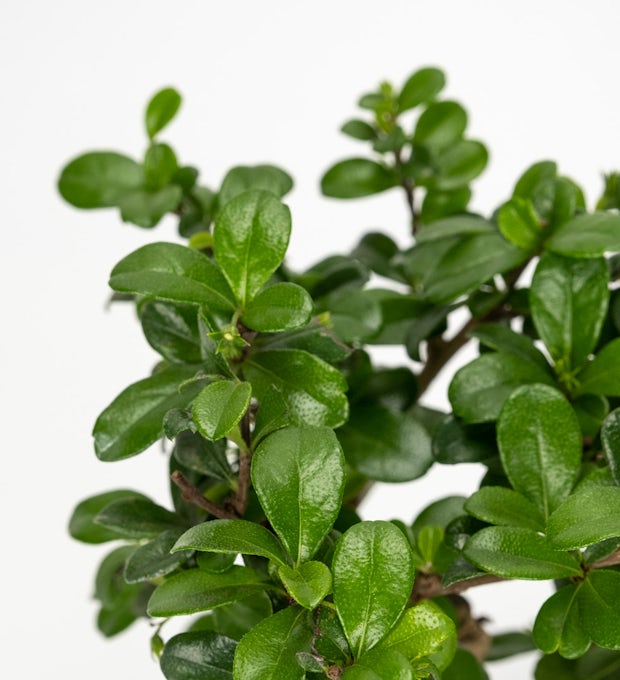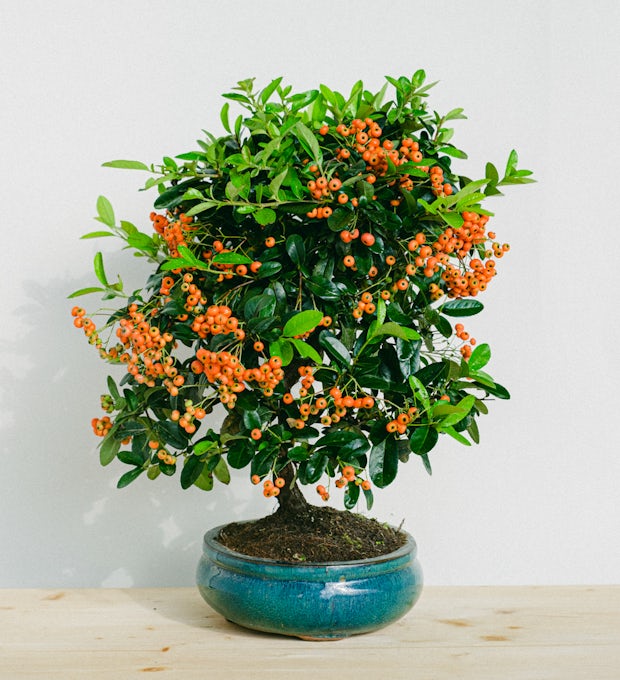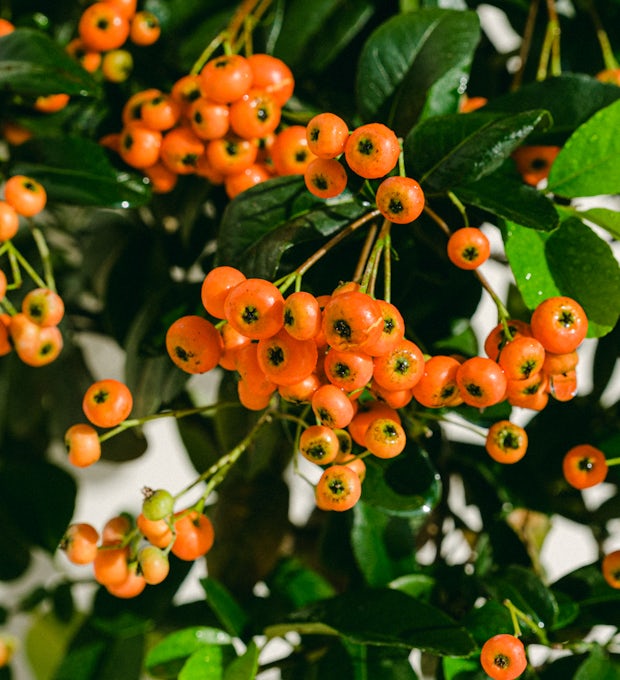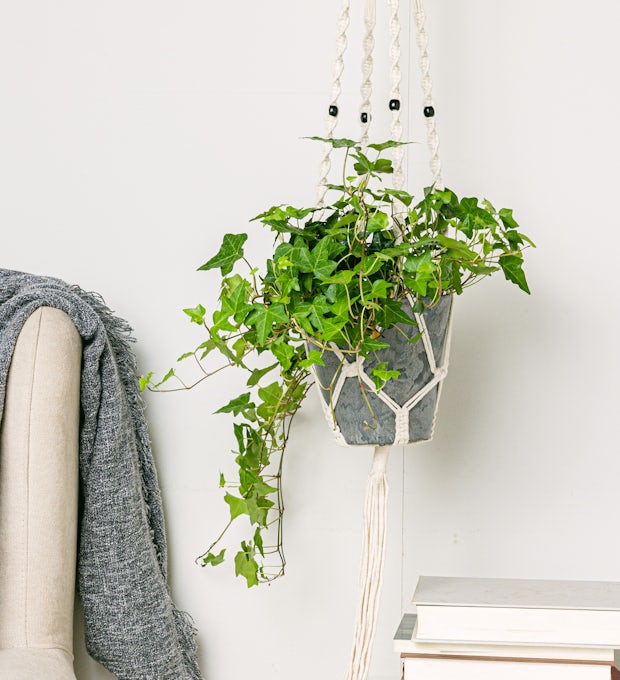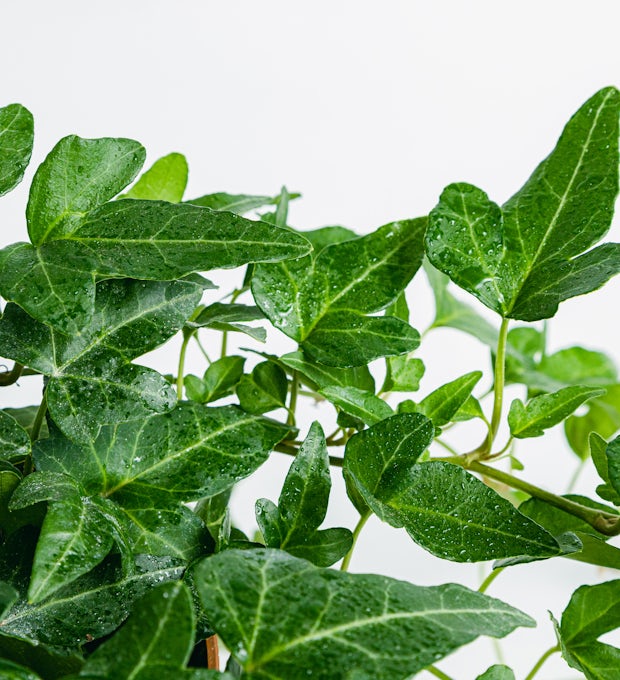Fungi are very particular living organisms. They are not plants, they are not insects, they have their own kingdom. Many species are parasitic, while others live on decaying organic matter. There are many types of fungi, there are the edible ones we know, and there are others that are used in food preparation such as yeast.
But plant fungus is neither cute nor helpful; it can destroy your plant in no time and is an annoying and difficult pest to get rid of. You have to be alert and prevent them from appearing.
why does fungus appear on plants?
- Excess humidity:
Fungi love humidity, so when you water excessively and allow water to accumulate, waterlogging the roots, it favours the appearance of these organisms.
We ship plants to all locations, you can see more options here.
- Contamination:
A new plant that is contaminated with fungi can be patient 0 that harms all the others. I experienced this with some beautiful kalanchoe that I bought from an unknown nursery and that almost wiped out my succulent garden.
- Too little or too much fertiliser
Weak plants, which also do not adapt to their site, are more vulnerable to fungal attack. Also, when you over-fertilise, you may be feeding the fungi, because of the amount of organic residues present in the composition of the fertiliser.
We ship plants to all locations, you can see more options here.
- Season
If the climate is very humid and there is little light, then the conditions are perfect for fungal growth.
- Accumulation of debris
This is typical in gardens and open spaces, where leaves or fallen fruit from trees accumulate and begin to decompose and become the perfect home for fungi.
Types of fungi on plants
There are hundreds of thousands of types of fungi, but the ones that appear on plants are usually quite typical and recognisable. The most common are:
We ship plants to all locations, you can see more options here.
-Downy mildew
Also known as grey powdery mildew. It attacks the leaves, but passes on to the tissues of stems and fruit. You will recognise it because at first it appears as light green spots on the leaves and on the underside a grey, sometimes purple powder. It appears in summer, although it sometimes attacks in spring.
- Powdery mildew
This is one of the most recognisable, because it attacks almost any type of plant that is in the shade and with high humidity. It appears in spring and stays until autumn. You can recognise it because it creates circular, white, powdery spots. Sometimes it is so widespread that it looks like a fine white powder that covers the whole plant. It causes deformation and prevents flowering and growth.
- Fumigilla or Fumagina
This fungus is often the inseparable companion of mealy bugs, as it feeds on a honeydew secreted by these bugs. Black mould does not affect the plant directly, but as it is a black powder that coats the leaves and stems, it looks unsightly. If it spreads too much, it will cover the leaves and restrict the entry of air and light, preventing photosynthesis and weakening the plant.
- Botrytis
Occurs on flowering plants and vegetables. Likes warm, humid environments. It is an opportunistic fungus, which attacks weak or stressed plants. Causes soft rot or grey rot, which affects stems, leaves and fruit, necrotising their tissues.
- Phytophthota, Pythium - rot
Any plant that is left with waterlogged, poorly drained and airless roots will suffer from the attack of these fungi, which cause root rot that will kill the plant.
How to avoid fungus on plants
Control moisture levels
The substrate should facilitate the drainage of excess water, and the pot should have a good drainage system. You can put pebbles at the bottom to make it more effective. It is also important to take care of the frequency and form of watering. There is no need to overwater, especially if the plant is indoors and it is in a rather cold season.
If your plants have a saucer to collect excess water, empty it after watering because it can cause root rot.
Avoid cross-contamination
Don't make the same mistake I did. Check the plants you buy from untrustworthy nurseries very carefully, or better still, buy your plants from responsible and caring sites such as Be.Green. If you are transplanting those plants into a large communal pot or garden, leave them in their pots for a couple of weeks and watch them closely to make sure they are healthy.
Clean and disinfect tools (pruning shears, shovels, etc.) very well after cutting or transplanting, as this can contaminate healthy plants, in case any of them have fungus. You can disinfect with a little diluted bleach or soap and water.
Fertilise your plants
Apply fertiliser to your plants at the right time, but avoid overdoing it. It is also a good idea to keep them clean of dry leaves and other things that can accumulate in the substrate and concentrate moisture.
We ship plants to all locations, you can see more options here.
Avoid darkness and lack of light
Sunlight can help evaporate excess moisture and will destroy fungal spores. Put your plant in a well-lit place, especially in the wetter months.
what to do if my plant has fungus?
A plant with fungus can recover satisfactorily if you take the right measures. The first step is to isolate them, to prevent them from contaminating other plants. Then, depending on the type of fungus that has attacked them, you will need to get a fungicide. There are some broad-spectrum ones that work very well with the ones that usually attack houseplants.
We ship plants to all locations, you can see more options here.
There are home remedies that might work, but in my experience it is more efficient to purchase a fungicide (there are organic and biodegradable ones) and supplement with more dedicated and careful watering patterns to prevent it from continuing to thrive.
It is important to fight them in the early stages of the invasion, so you have a better chance of eradicating them.
